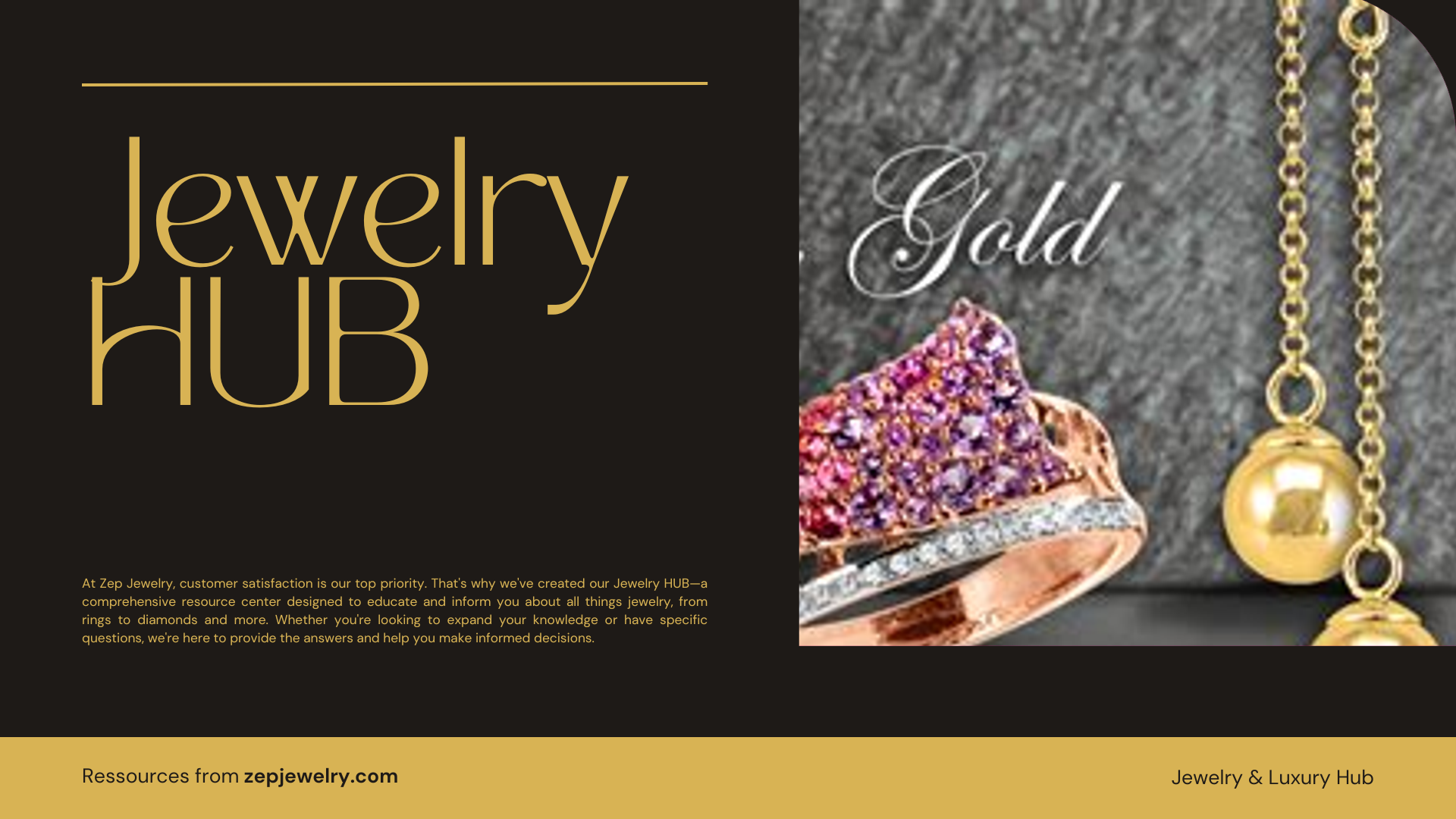Have you ever wondered if that dazzling diamond ring or gold bracelet sitting in your jewelry box could serve as a savvy investment? While it’s easy to view jewelry as mere adornment, the world of precious stones and metals can yield surprisingly solid returns if navigated wisely. High-quality, timeless pieces—like sparkling diamonds and gleaming gold—tend to retain their value over the years, often even appreciating in worth. So, join us as we delve into the glittering realm of jewelry investment, where beauty and financial savvy can intertwine in the most captivating ways.
What kind of jewelry is considered the best investment?
When considering jewelry as an investment, high-quality and timeless pieces such as diamonds, precious stones, and precious metals like gold and platinum stand out as the best options. These materials not only retain their value but can also appreciate over time, making them ideal candidates for a long-term investment portfolio.
Jewelry investments can be particularly rewarding when one focuses on pieces that marry aesthetic beauty with intrinsic material value. For instance, diamonds have long been celebrated not only for their stunning appearance but also for their durability. The rarity of particularly flawless or fancy-colored diamonds can significantly increase their value over time. Similarly, precious metals like gold and platinum are known for their ability to withstand market fluctuations and their historical significance as stores of value.
To further enhance your investment, consider acquiring pieces from reputable designers, as signed jewelry often appreciates more due to brand prestige and craftsmanship. Vintage jewelry also holds great potential; as time goes on, well-crafted and rare pieces tend to become increasingly valuable.
In essence, while any jewelry can be a beautiful accessory, focusing on high-quality materials and reputable sources will lead to more secure and potentially profitable investments in the long run. Before committing to a purchase, it is always advisable to conduct thorough research and consult with experts in the field to ensure you’re making an informed decision that aligns with your financial goals.
How does the value retention of different types of jewelry compare?
When it comes to understanding how the value retention of various types of jewelry compares, you’ll find that quality truly matters. Jewelry crafted from high-quality materials such as gold, platinum, and precious gemstones stands the test of time; not only does it retain its value, but it also has the potential to appreciate significantly over the years. This appreciation is driven by both market demand and the intrinsic, enduring value of these materials.
On the other hand, pieces made from less durable materials or those that are heavily influenced by fleeting fashion trends can depreciate rapidly. For example, costume jewelry or items featuring low-quality metals may lose their appeal and monetary worth as trends change. This highlights the importance of investing in timeless pieces that transcend trends, ensuring they remain in demand.
Moreover, branded or designer jewelry, particularly vintage items, tend to hold their value exceptionally well. Pieces from renowned designers like Cartier or Tiffany & Co. not only carry a legacy of craftsmanship but also come with a brand value often retained through the years. For instance, a vintage Rolex not only tells time but is also a well-recognized financial investment that illustrates the intersection of fashion and finance.
In summary, while the jewelry market fluctuates, high-quality, branded jewelry generally retains and appreciates in value more effectively than trend-driven or lower-quality alternatives. Therefore, if you’re looking to invest, prioritize pieces that boast exceptional craftsmanship and high-quality materials, as they offer the best chance of maintaining—and potentially increasing—their value over time.
Are gold and diamonds equal in investment value?
While both gold and diamonds are valued in the jewelry market, gold generally proves to be a better long-term investment. Gold’s value tends to remain stable and increase over time, making it a safer bet for investors. Diamonds may not appreciate at the same rate, and their market can be more volatile and influenced by subjective qualities that complicate their valuation.
What type of jewelry has shown the highest profitability as an investment?
Some lesser-known options, like resin jewelry, may yield higher profitability due to low production costs and rising popularity. However, high-value investments typically involve antique or vintage pieces, collector-grade gems, or pieces from famous brands such as Cartier or Rolex. These investments often require significant upfront capital and a deep understanding of market trends.
How important is craftsmanship in the investment potential of jewelry?
Craftsmanship plays a crucial role in the value retention and appreciation of jewelry. Well-crafted pieces, especially those made from high-quality metals and stones, not only last longer but can also fetch higher prices in resale or auction markets. By investing in jewelry with superior craftsmanship, investors significantly elevate their chances of achieving good returns over time.
What should investors look for when purchasing jewelry to ensure a good return on investment?
Investors should prioritize high-quality materials, authenticity, and provenance when acquiring jewelry. Pieces that are vintage, have been previously appreciated in value, or come from reputable designers add an element of security. Consulting with jewelry experts can provide necessary validation and help navigate the complexities of the market, increasing the likelihood of making a smart investment.
How has the market for jewelry investments trended over recent years?
Jewelry investments have increasingly emerged as one of the strongest investment options, particularly for those who are well-informed and patient. Over the past decade, the popularity of certain types of jewelry, especially vintage pieces and natural pearls, has surged, as indicated by significant price increases. Understanding market trends and the rarity of pieces can enhance one’s ability to capitalize on this potentially lucrative market.
